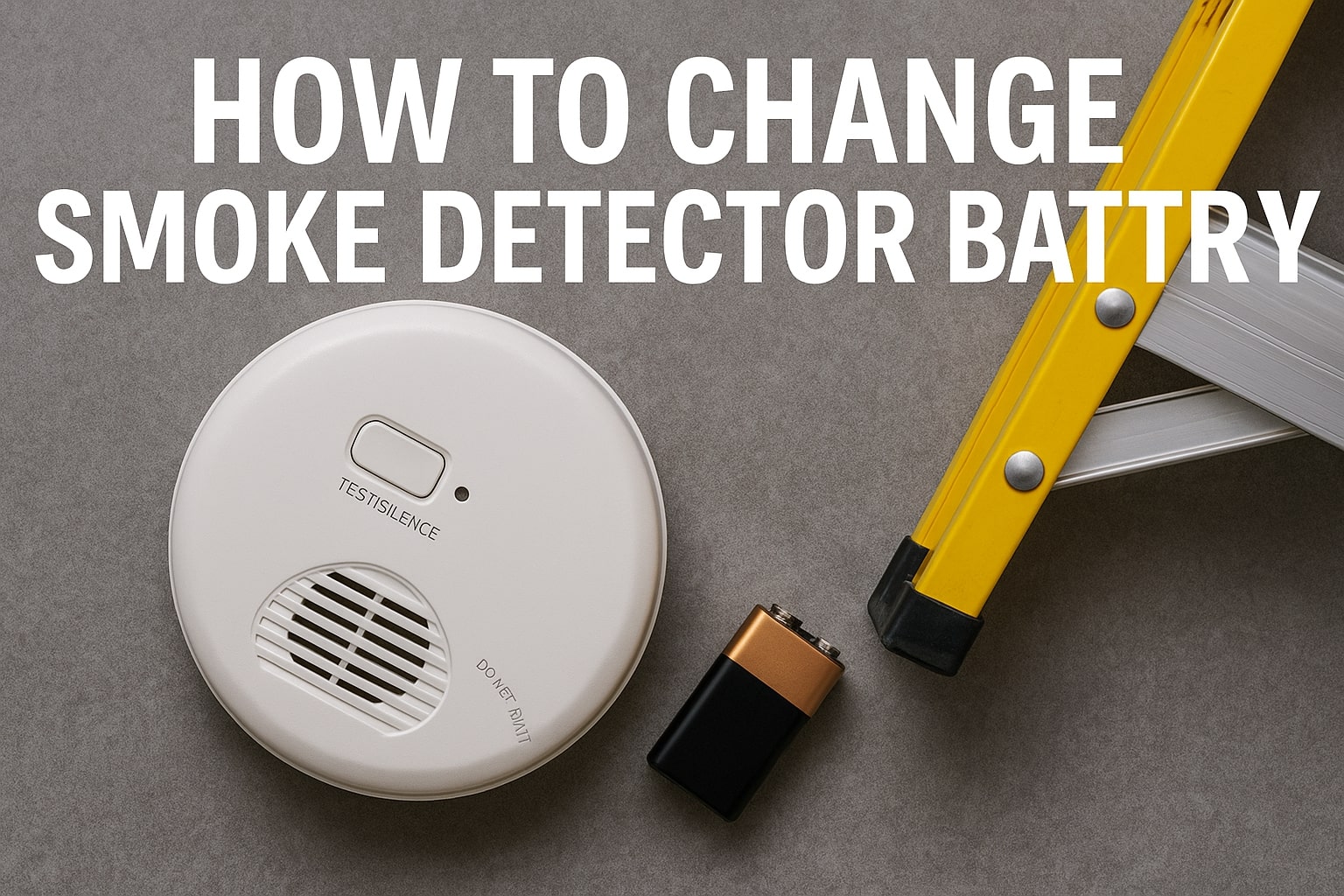When Should You Change Your Smoke Detector Battery?
Understanding how to change smoke detector battery includes recognizing the warning signs that indicate replacement time. The most obvious signal is the intermittent chirping sound that occurs every 30-60 seconds, typically starting during nighttime when temperatures drop. Most detectors also feature low-battery indicator lights that flash or remain solid when power levels decrease.
Replace batteries annually, regardless of warning signals, preferably during daylight saving time changes for easy remembering. Environmental factors affect battery life - extreme temperatures, humidity, and frequent alarm activations can drain power faster. Never ignore chirping signals, as disabled smoke detectors provide no protection during emergencies. Some newer detectors feature 10-year sealed lithium batteries that last the detector's entire lifespan.
📺 Featured Video

How to change the battery in a First Alert smoke detector.
by @TechTrickIdeas
What Tools and Safety Steps Are Required?
Learning how to change smoke detector battery safely requires minimal tools but important safety precautions. Most detectors need only fresh 9-volt batteries, though some models use AA batteries or specialized lithium cells. Keep a step ladder or sturdy chair nearby for safe access to ceiling-mounted units. Turn off power at the circuit breaker for hardwired detectors before beginning work.
Wear safety glasses when working overhead to prevent debris from falling into eyes. Test the new battery before installation using a battery tester or voltmeter. Have a flashlight available for poorly lit areas. Never use old or corroded batteries, and always dispose of used batteries properly at recycling centers. Some models require small screwdrivers for battery compartment access, so check your specific detector type beforehand.
How Do You Replace Batteries in Different Detector Types?
The process of how to change smoke detector battery varies by model and mounting type. For most battery-powered detectors, twist the unit counterclockwise to remove it from the mounting bracket, then locate the battery compartment on the back or side. Replace the old battery with a fresh one, ensuring proper polarity alignment indicated by + and - symbols.
Hardwired detectors typically have backup battery compartments accessible after unplugging the detector from its electrical connection. Some models feature sliding battery drawers, while others require removing screws to access compartments. After installation, test the detector using the test button to ensure proper function. Reinstall the unit securely and restore power if applicable. Keep installation instructions handy, as specific models may have unique requirements for battery access and replacement procedures.
📺 Featured Video

How to change batteries in a hardwired smoke detector
by Conquerall Electrical
